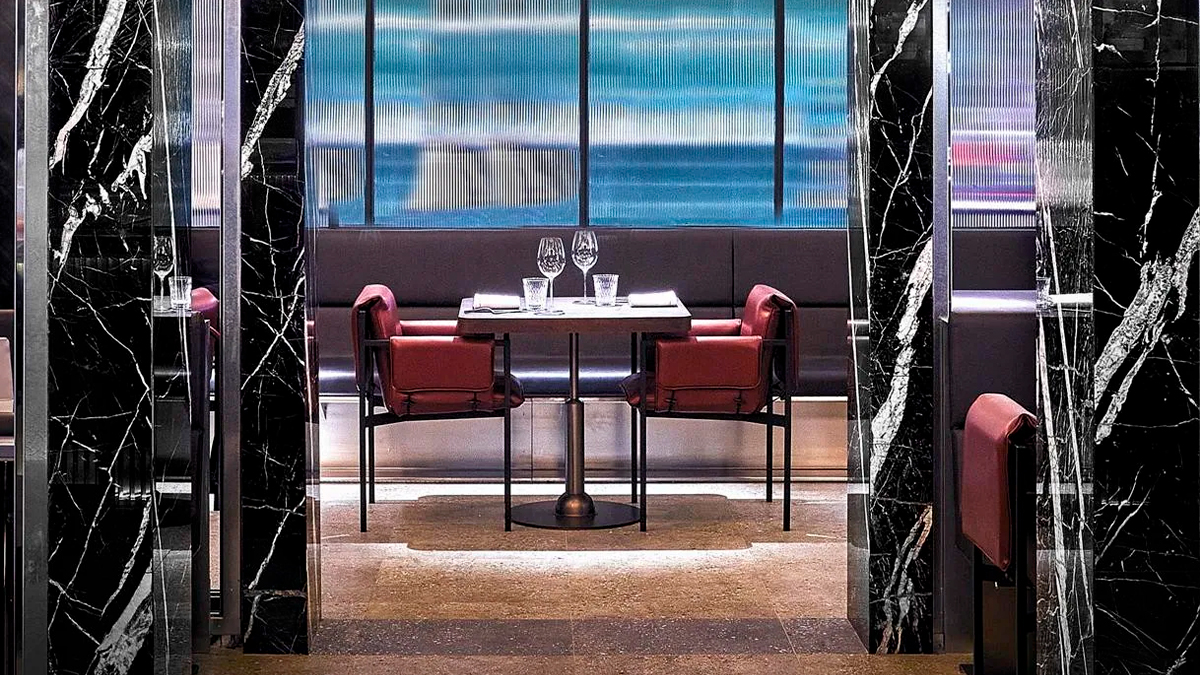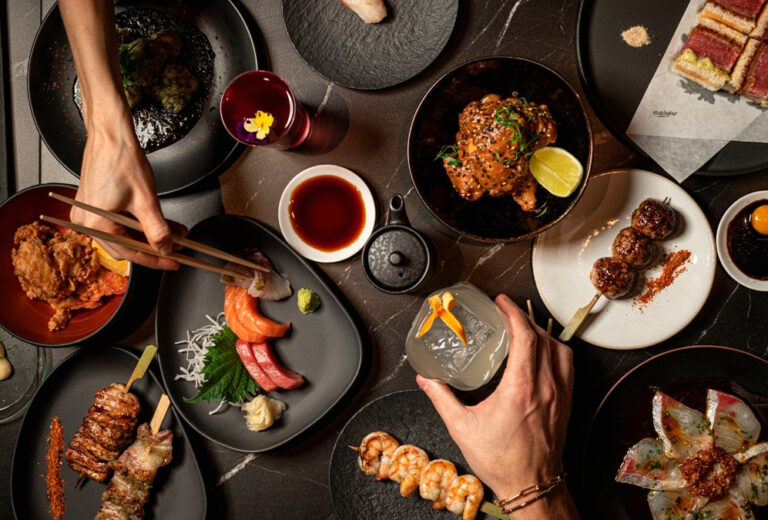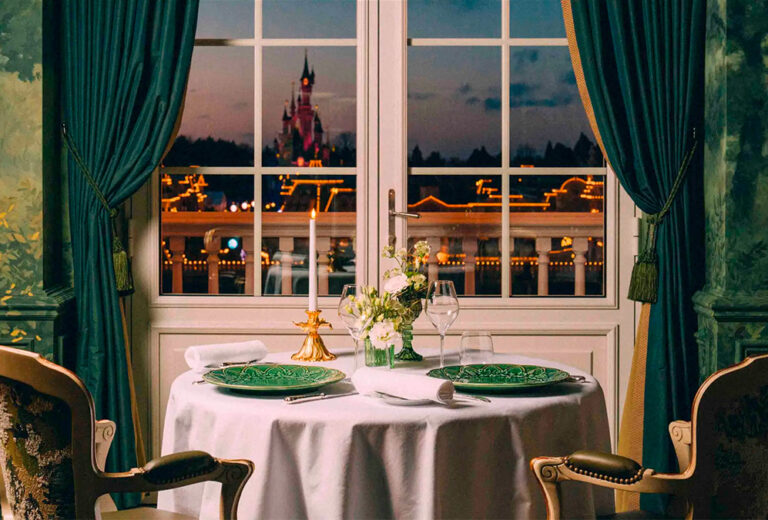Click here to read the Spanish version.
Forbes will bring together today, Wednesday 5 June, at the Beatriz Madrid, a powerful line-up of speakers who will address issues such as innovation, accessibility and quality in the future of Spanish healthcare.
After the Forbes Summit Health Healthcare 2024, which will count with AbbVie, Asisa, HM Hospitales and Merz Aesthetics as partners and with the collaboration of Sigma Dos, we propose a series of gastronomic spaces of reference in the centre of Madrid and surroundings where you can eat very, very well.
Allegra Madrid
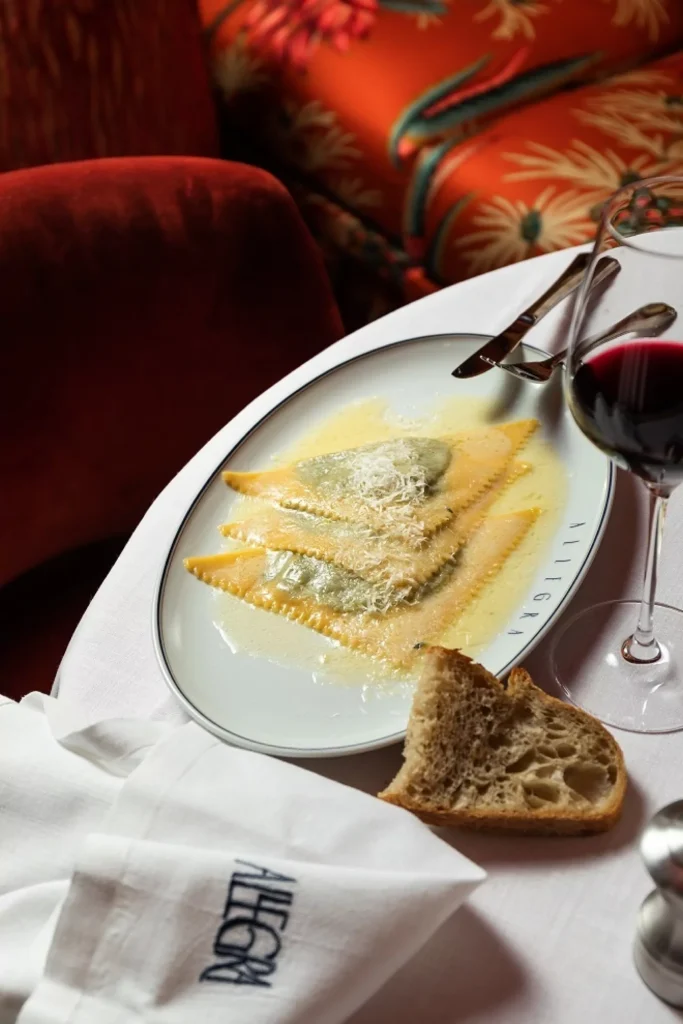
Allegra is the new trendy Italian restaurant in Madrid, which showcases Mediterranean gastronomy from its kitchen with a vibrant central piano bar as the protagonist. Amidst a romantic décor, elements of the Café de la Ópera and glances of personalities framed in portraits, this culinary novelty of the Isabella’s Group proposes a menu with exquisite dishes such as its Vittelo Tonnato of sirloin steak or the Zucchini Fritti as small strips of courgette in tempura and a focaccia as an accompaniment. For those who are more into fish, the great recommendation is the grilled salmon, which can be ‘finished off’ with a classic Italian dish that never fails, the tiramisu.
La Castela
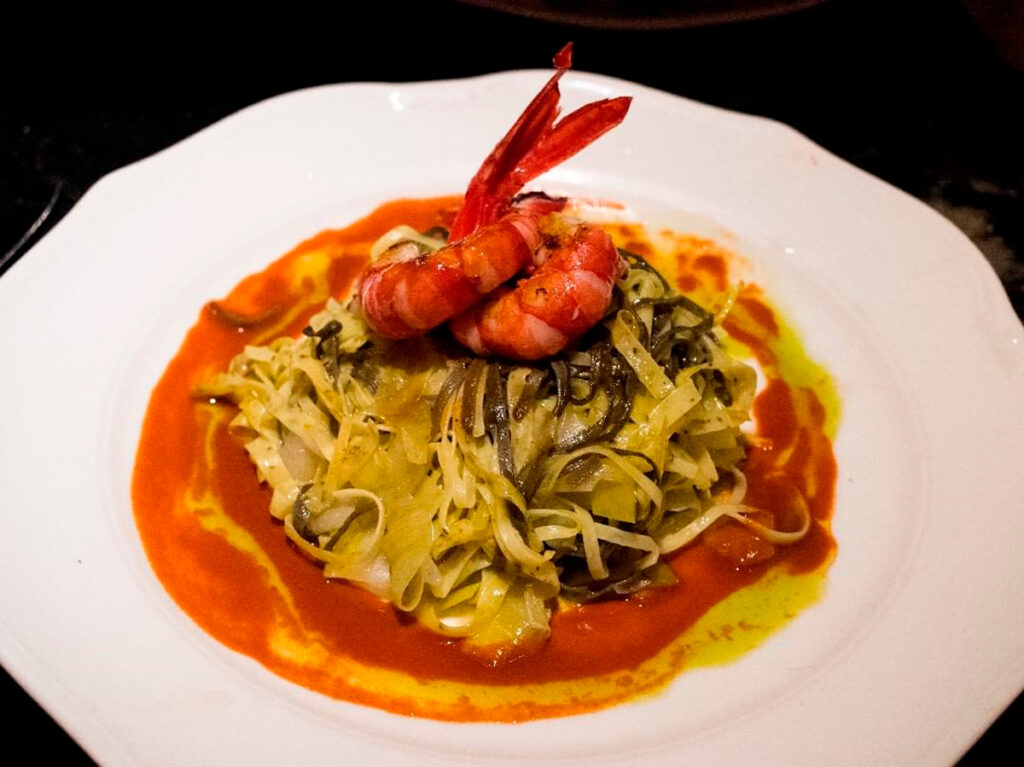
Set on the site of an old tavern founded in 1929 and originally known as Bodega de Méntrida. Founded in 1989, this iconic establishment preserves the traditional architecture of Madrid’s taverns, with its tin counter, stucco vases, mirrors and marble. From its coil, cooled in the old style, flow the vermouth and beer that have delighted generations of Madrilenians and visitors alike.
Faithful to the typical dishes of the city and generous with its tapas, La Castela is presented as a traditional forum. In its back room, fitted out as a dining room, it offers market cuisine rooted in Madrid’s recipes, complemented with original gastronomic contributions. Thus, La Castela grows with the vocation of being a place that nobly balances tradition and modernity, providing a culinary experience that celebrates Madrid’s historical legacy while embracing contemporary innovations.
Ugo Chan
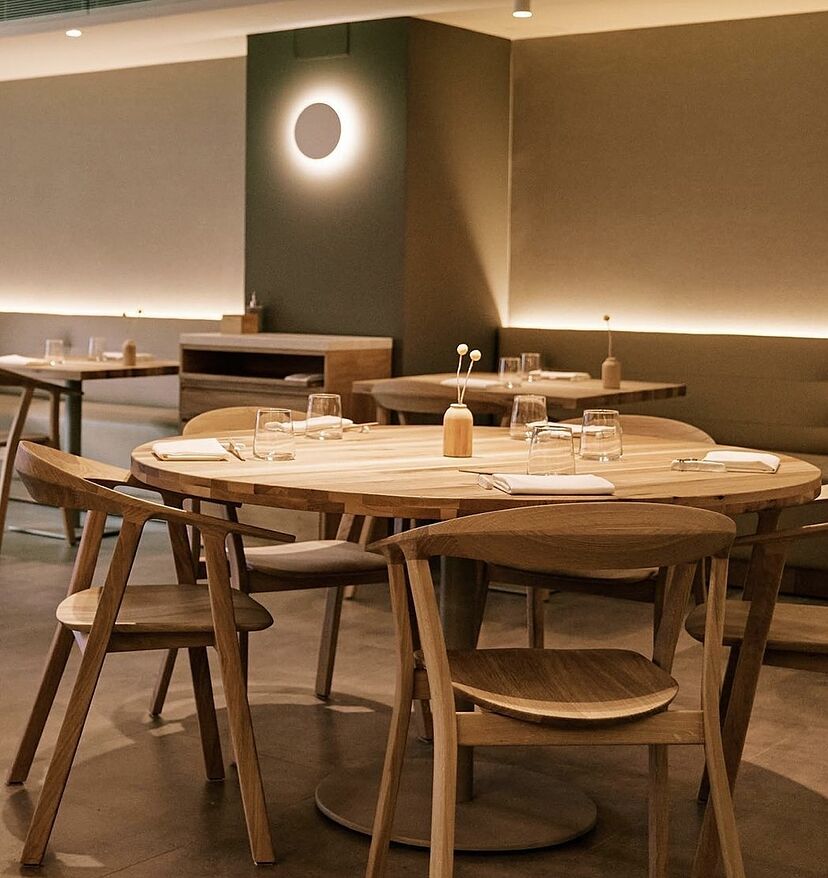
Hugo Muñoz is one of those perennial smiles on the Madrid scene. With his sights always set on Japan, after captaining the proposals of strong gastronomic groups, he has established himself in his new ‘home’ shining with his own light, and what a joy. Her omakase – born from her passion for stews and recipes based on popular wisdom – has already become a benchmark: her fish of the day kizukuri with Getaria-style bilbaína, mussel sunomono, tripe gyoza Madrid-style and a wine cellar that Leticia takes as good care of as she does of the dining room, are just some of the reasons for this.
Pabú
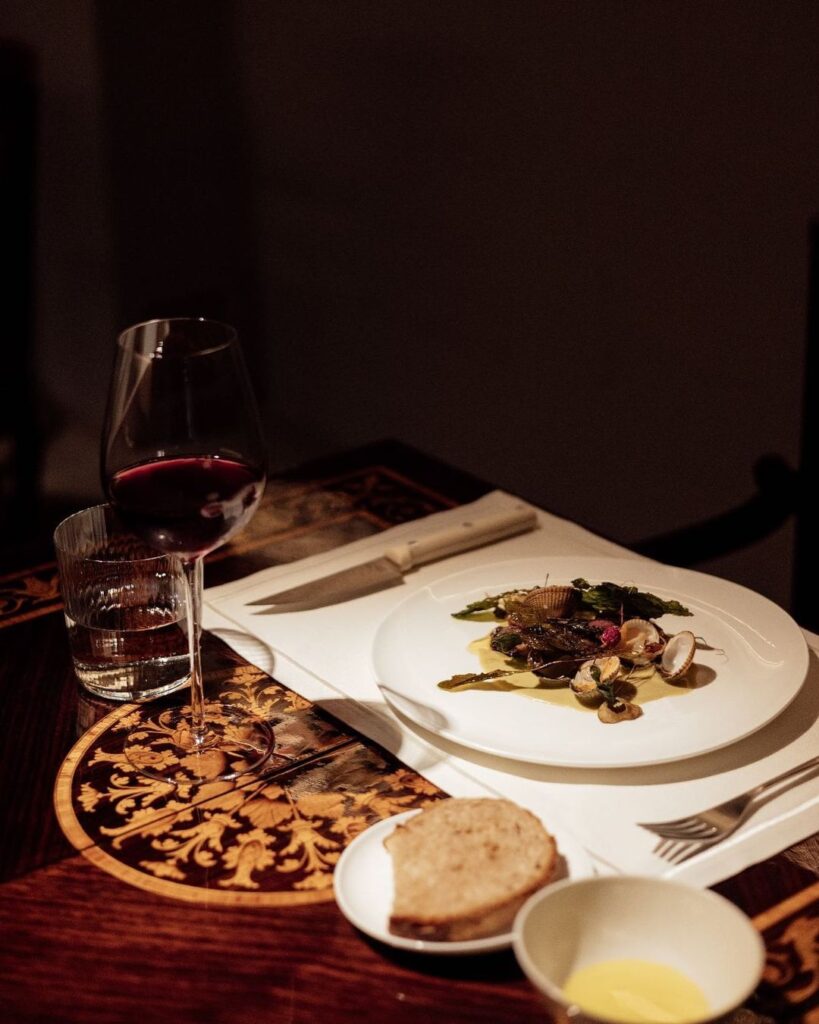
Coco Montes‘ career has taken him to some of the best restaurants in Spain and abroad, such as Azurmendi, Zalacaín or the French L’Arpege. His first restaurant, called Pabú, has positioned itself in a very short time as one of the best novelties of recent times. And it is not surprising, because his cuisine is micro-seasonal and ephemeral, something that takes him out of the comfort zone of other types of restaurants.
Montes is always on the move, thinking, devising his next creation, because he changes his dishes practically every day, to surprise diners and challenge himself. He gives special prominence to vegetables and French techniques. But he also uses nuts, fresh herbs, fruit and even the odd product from the sea and the land. These are embodied in two menus, Paté and Bubú, as a tribute to the way his nephews and nieces call their parents. And the family has a lot to do here, from their unconditional support to the very name of the restaurant. Supported by Pablo Peinado in the dining room and at the head of the wine cellar, he has consolidated this project with the brightest future on the national scene.
KultO
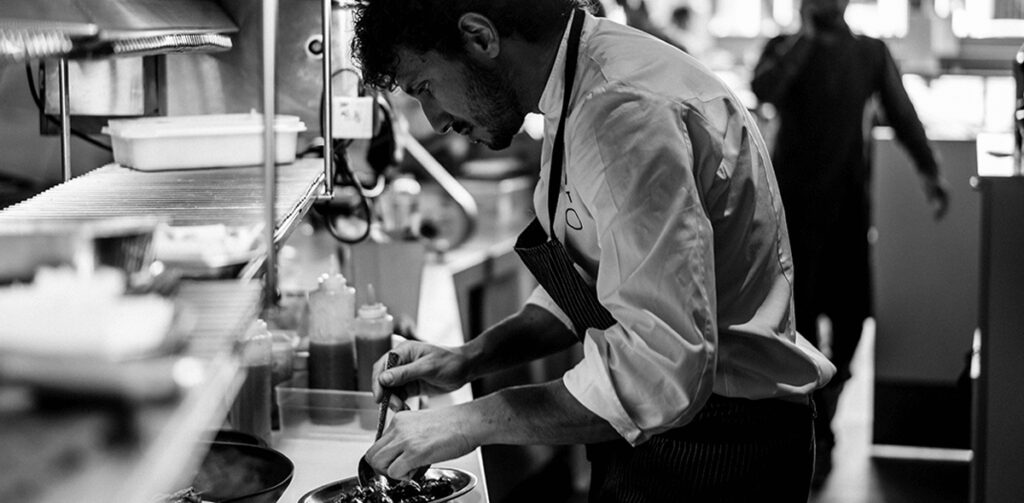
KultO is a restaurant in Madrid born of many journeys, stories and flavours. Each dish on its menu is a reflection of the experiences and culinary roots that its creators love and want to share. They have tried a lot and now they want to offer you a gastronomic proposal rich in references for you to enjoy as much as they do.
KultO’s cuisine is eclectic and can only be understood by tasting it. Their menu includes classic dishes, from the sea, from the land, traditional and from the garden. This variety ensures a diverse and exciting dining experience, inviting diners to discover and enjoy a unique blend of flavours.
Toguita
Discovering Toguita over the long weekend could also be a very good option for the city’s culinary ‘explorers’. It is a ‘miniature’ extension of a true classic or myth of the capital: the restaurant Toga, which now reinterprets its Latin American and Asian cuisine.
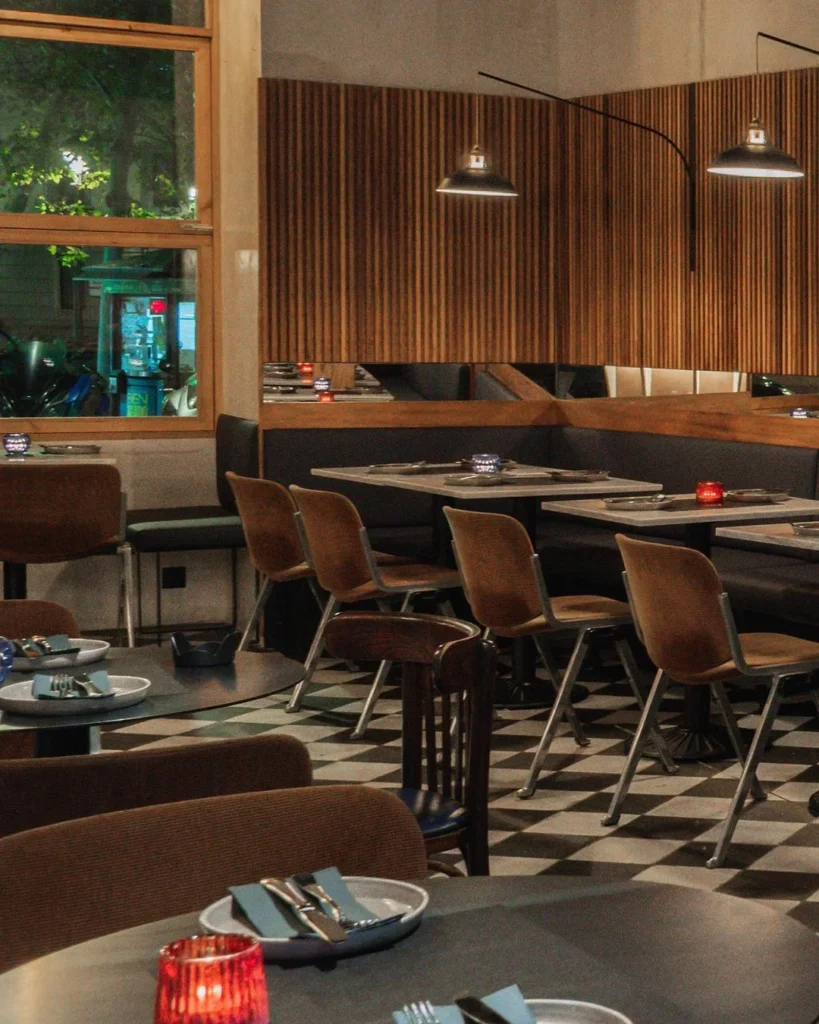
This fusion now also vibrates in this new establishment located in the La Latina neighbourhood, where, of course, they also serve their viral dish: noodles with kimchi mayonnaise and red tuna. In addition to their star dish, there are other outstanding dishes such as their sea bass ceviche with aji amarillo chilli and fresh mango and some ratatouille and manchego cheese croquettes. All of this can be topped off with some drinks such as the cocktail ‘Flor de Kiwi con vodka’, violet and passion fruit cream or the ‘Amaretto Sour’.
Ikigai Velázquez
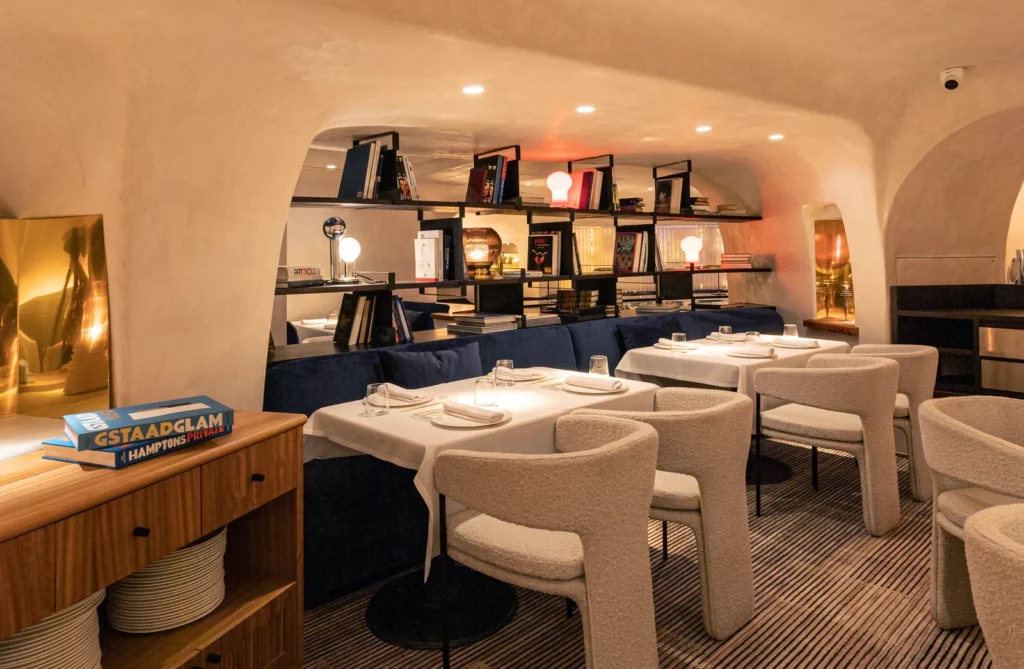
Ikigai is a gastronomic space of national reference, run by chef Yong Wu Nagahira in a kind of designer igloo that takes us back to a New York flat in the 1980s. Nagahira unfolds there his hedonistic Japanese proposal at the service of technique through dishes such as his vegetable tempura, his famous haachi nigiris or scallop nigiris with foie; to be paired with his wine list with more than 175 references and 25 different sake proposals.
Bascoat
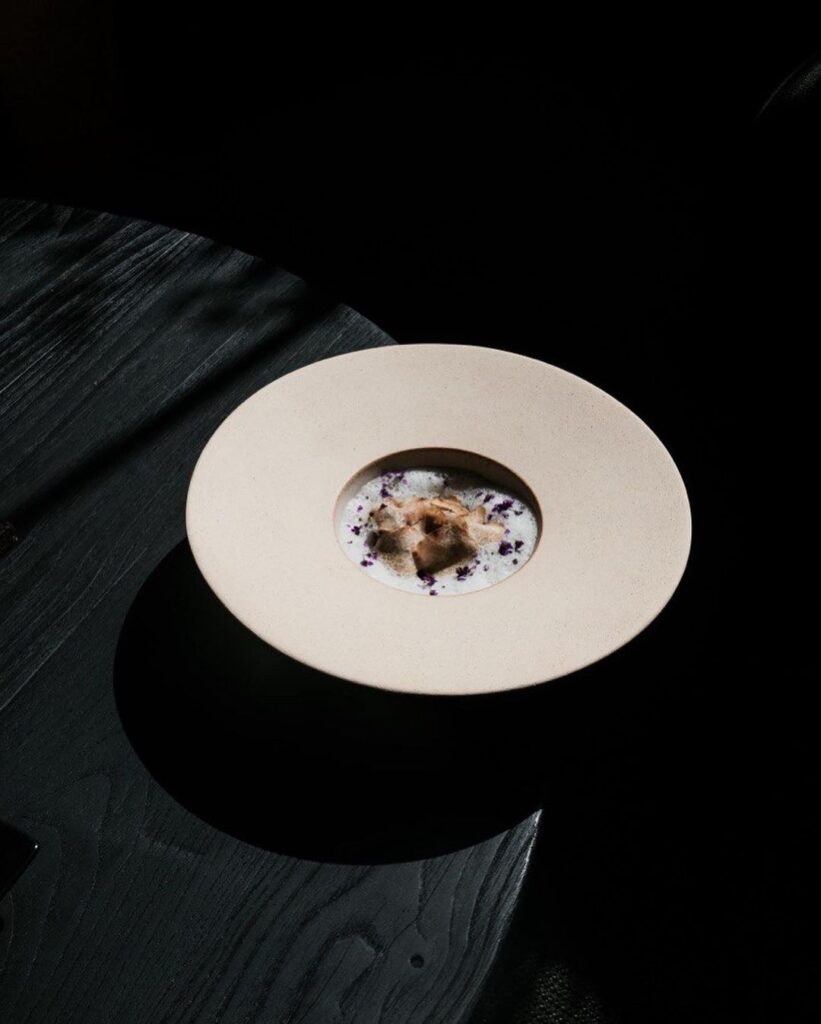
After establishing Arima Taberna as one of the most enjoyable places in Madrid, Nagore Irazuegi and Rodrigo García were clear that they wanted to go “one step further”, to grow in space, but also in proposal and sophistication. To do so, they have opened their own temple, one that speaks of Basque farmhouses, but also of the cuisine of the French Basque Country. The menu ranges from appetizers from San Sebastian to the most elaborate dishes, including large pieces of fish and grilled meats. The best thing to do is to put yourself in their hands when ordering. Álex Fernández has made a great signing as head waiter and sommelier, who manages 450 references and a menu that is hard to find.
Can Can Chán
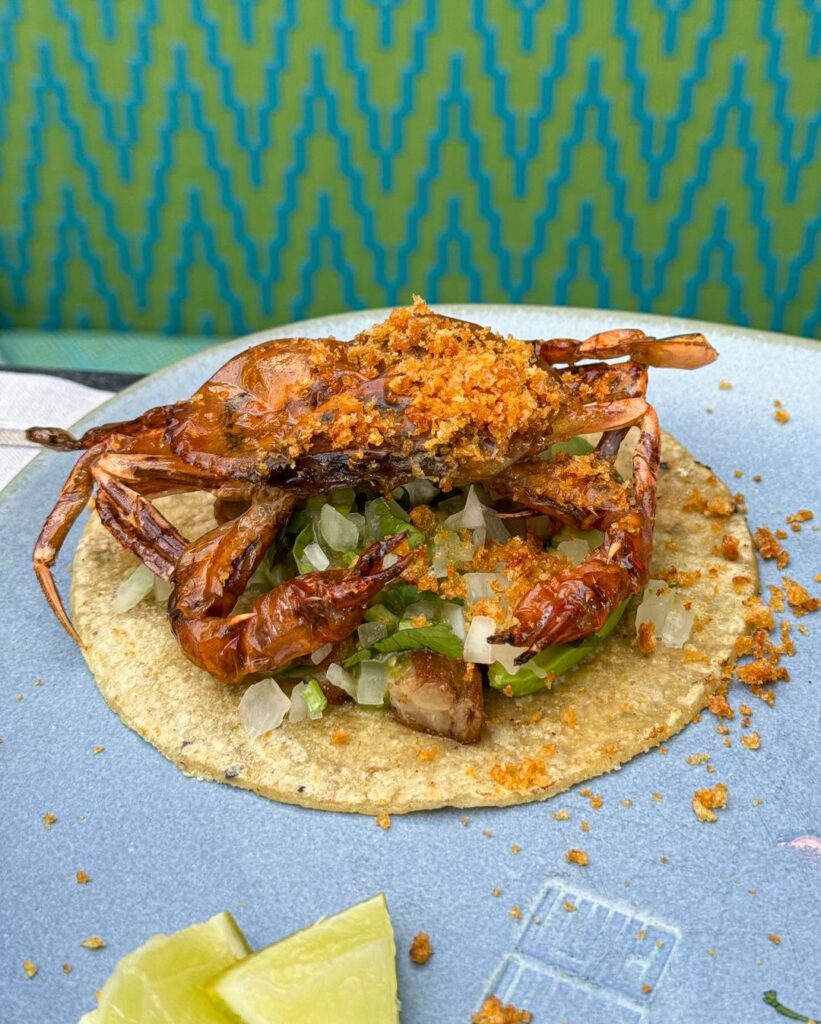
Mestizaje, properly understood, can take a restaurant to the top. Just ask Roberto Ruiz and María Fernández, who run Punto MX, the first Mexican restaurant to have a star in Europe. Those times are long gone and now they make those who sit at their table enjoy themselves, with many other projects and their latest novelty, located at the top of El Corte Inglés de Serrano. They do it with a proposal that mixes Mexican recipes with Spanish ones and their pantry, to come up with a delicious craving cuisine, in which dishes such as guacamole with shrimp omelette, are a pilgrimage.
Dani Brasserie
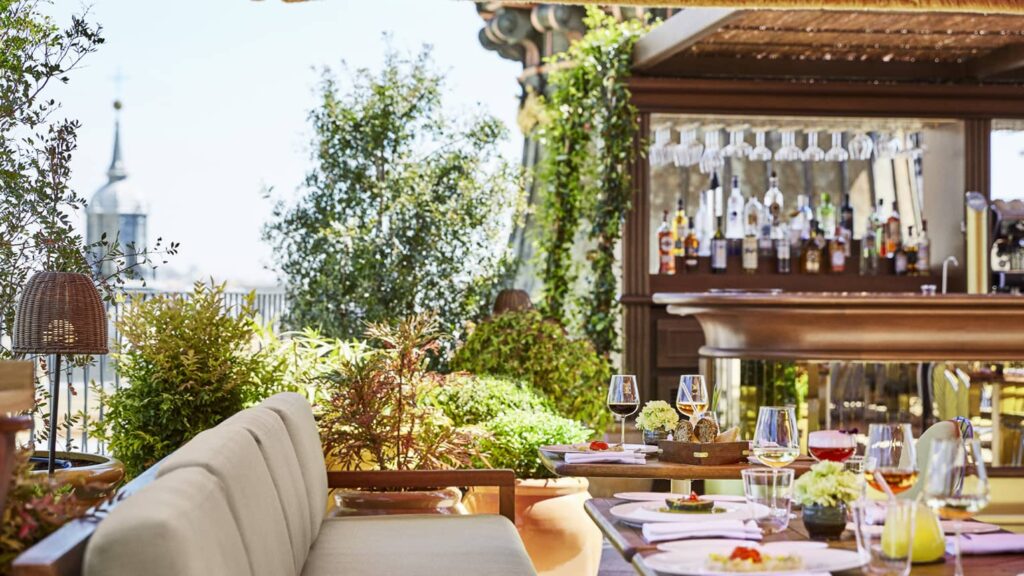
La Brasserie de Dani García presents itself as an idyllic place where gastronomy and design merge at the top of the Four Seasons Hotel. It is an elegant, informal and dynamic brasserie that combines the best Michelin-starred dishes of the chef from Marbella with Mediterranean specialities, which have positioned it as one of the authentic restaurants of reference in the capital, where stars of the calibre of Bizarrap, Palomo Spain and Penélope Cruz have passed through.
Its menu features outstanding dishes such as its nitro tomato and green gazpacho, ham croquettes, smoked salmon and langoustine tartare, seasonal mushroom risotto, handmade tortellini, steak tartari, glazed free-range chicken or its beef sirloin. To round off the experience, Dani offers succulent options such as the Dani Tipsy Cake or the tout chocolat.
El Club Allard
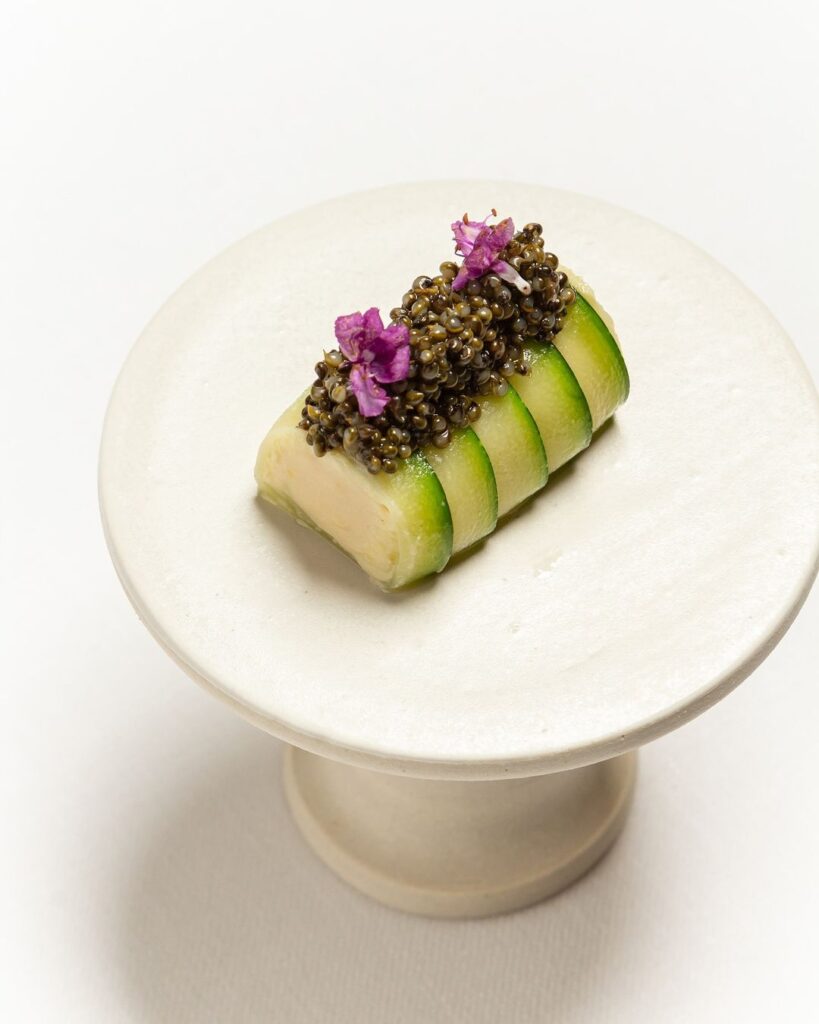
It only took eight months for the red guide to recognise the restaurant with its first star. The ‘fault’ lay with the new duo behind the restaurant -once the icon of Casa Gallardo- the prolific Martín Berasategui and the young José María Goñi, who had previously worked in the former’s restaurants and in other great restaurants such as Amelia. Together they managed to put this restaurant back on the map and recover the lustre it once enjoyed. They did it with emblematic dishes by the chef with the most stars and with Goñi’s creations, such as the Donostian crab dim sum.
El Huerto de Floren Domezain
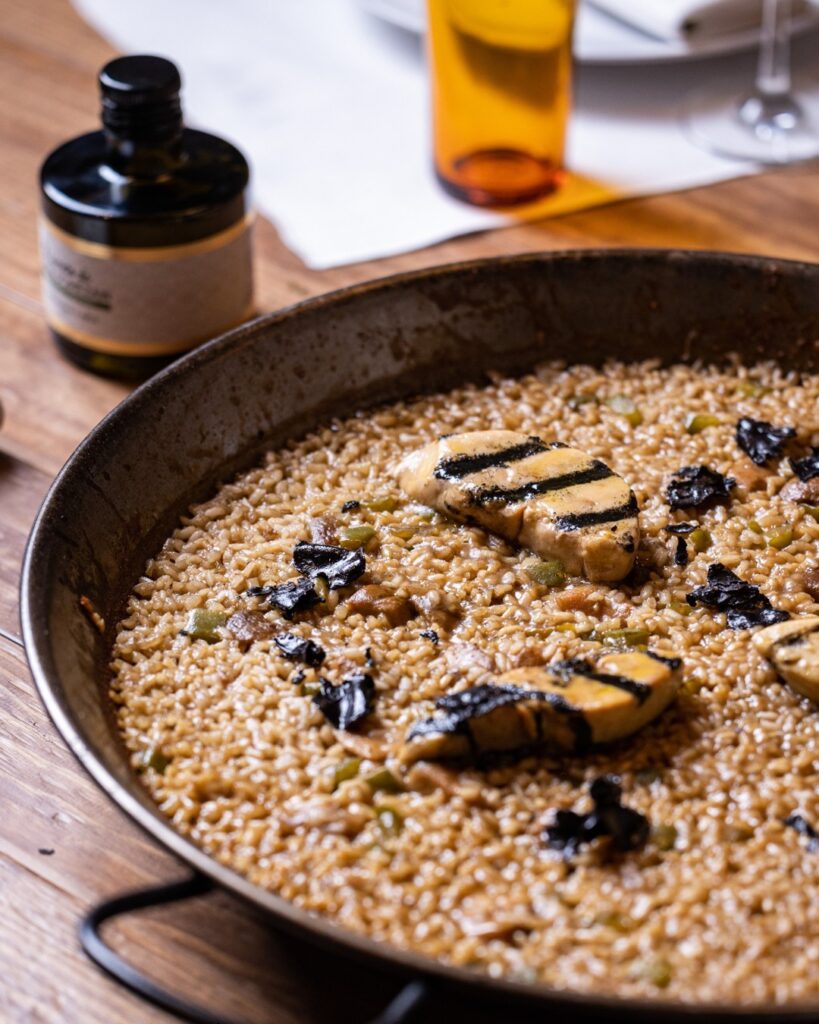
Second halves were good. If not, just ask the charismatic Floren Domezain, known as the ‘king of vegetables’ who, after closing his restaurant during the pandemic, returned to Madrid with a new restaurant, this time linked to La Fábrica Group. The Navarrese chef masterfully masters everything that is born and grown in his own vegetable garden, which is located in the chef’s native Tudela. The space is a true ode to vegetables, to Floren’s old tomato, known as the sirloin of the garden, to borage, to the fresh lettuce that goes from the garden to the plate. But there are also nods to seafood and meats.
Haramboure
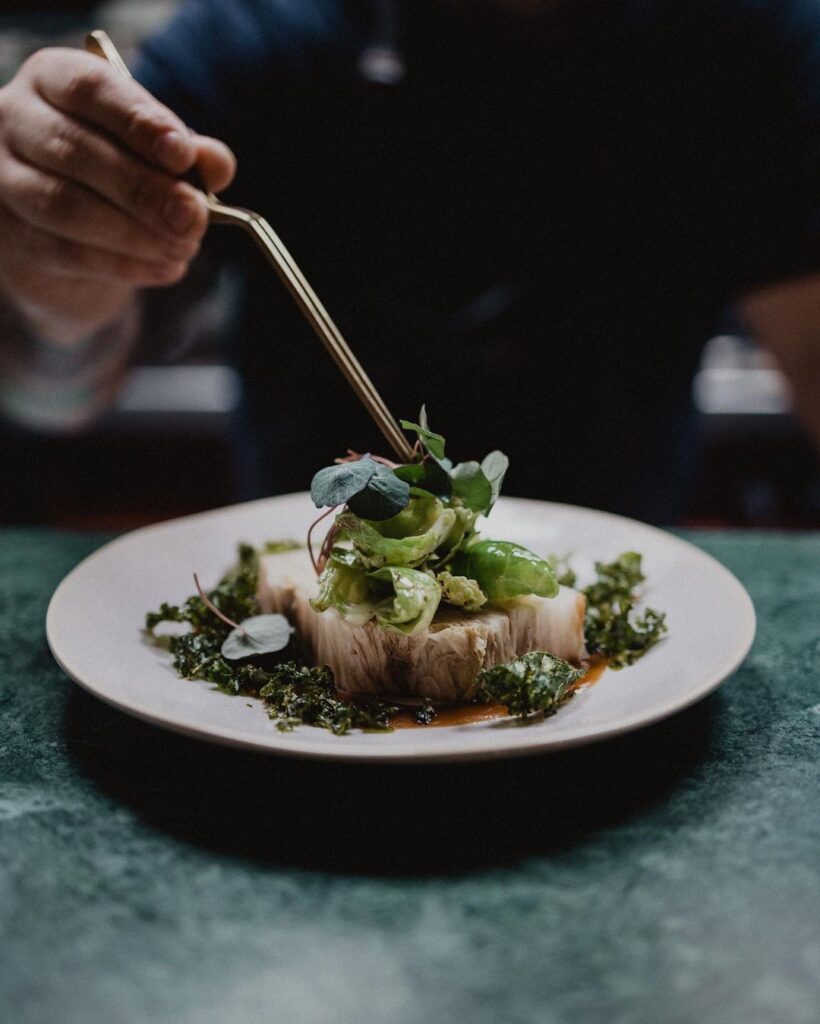
The trajectory of chef Patxi Zumárraga and Patricia Haramboure has been linked in recent years to that of Fismuler. But the time has come to fly solo and in this new adventure together -which has been filling up daily-, they have given Madrid one of their great restaurants, a bistro-style restaurant, in which Basque-French cuisine is the protagonist.He in the kitchen and she in the dining room make diners feel at home. And they do it with their proposal, in which everything has a name and a surname, as they use exceptional raw materials that come from small producers, vegetable gardens and coastal ports.
Playing Solo
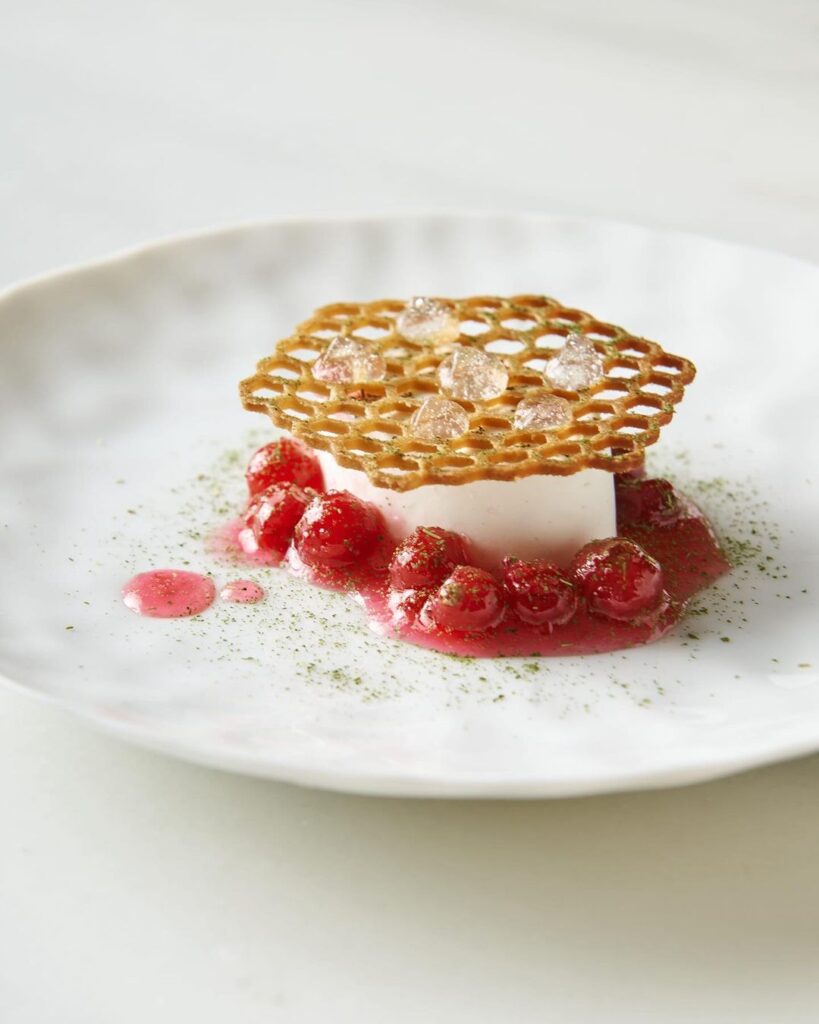
After a decade of training in some of the best restaurants in Spain, the United States and Denmark, as well as a productive stay in Japan, just over a year ago Luis Caballero decided to launch this highly personal project, which includes a menu with dishes inspired mainly by French and Japanese cuisine. If he draws from the former, especially in terms of the choice of ingredients and the approach to the preparations, it is the aesthetics and cooking techniques that have a clear Asian stamp. In short, an exciting project that gathers and projects the accumulated experience.
Rural Madrid
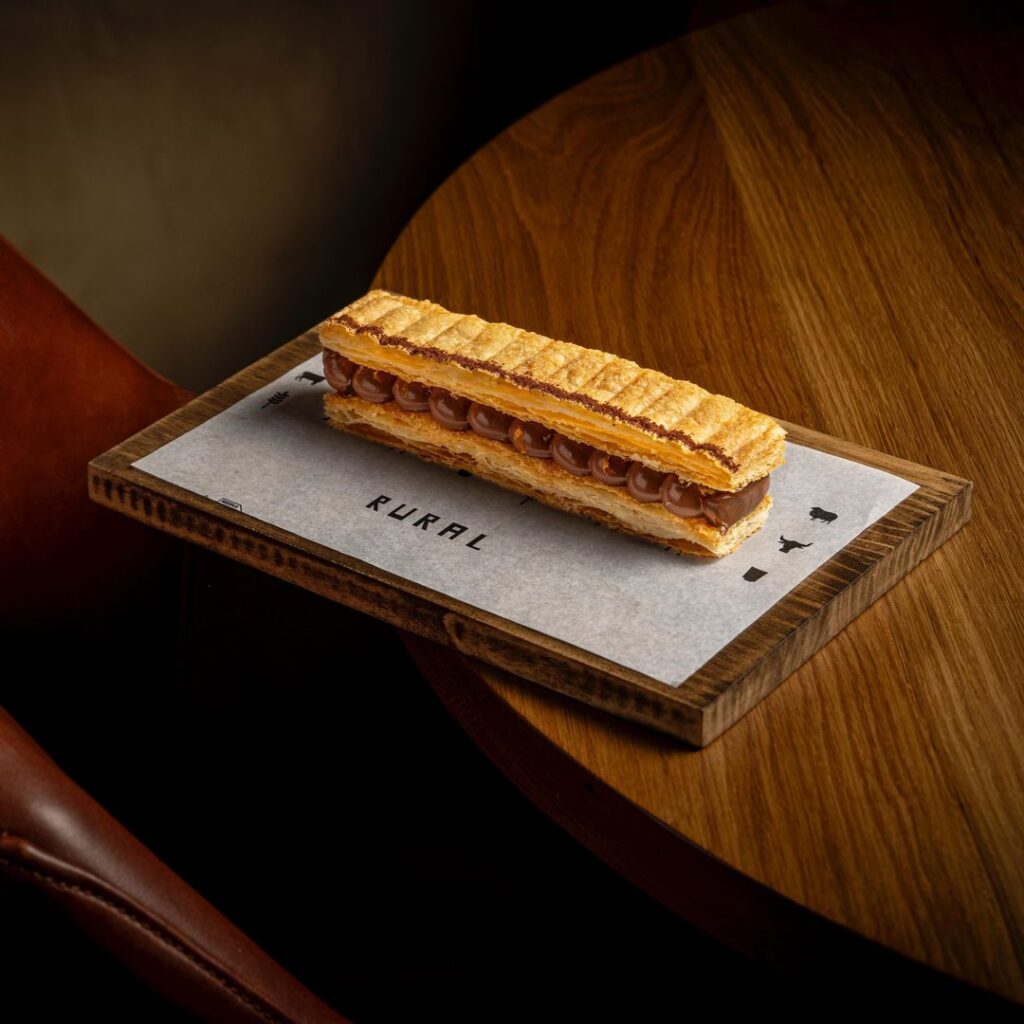
Rafa Zafra has always been the king of the sea, a sort of modern Neptune who perfectly dominates everything that comes out of its waters. But with his latest restaurant, together with Ricardo Acquista and Anna Gotanegra, he has taken a radical turn, dropping anchor and getting off the boat to convert it into another temple, this time for meat lovers. Sausages, cured meats and pâtés of his own creation, fried meats, the irresistible bikini in a carnivorous version and great dishes such as txuleta, suckling lamb or a suckling pig from Segovia, form part of the menu of this delicious adventure that goes from the land to the table.
Tragabuches
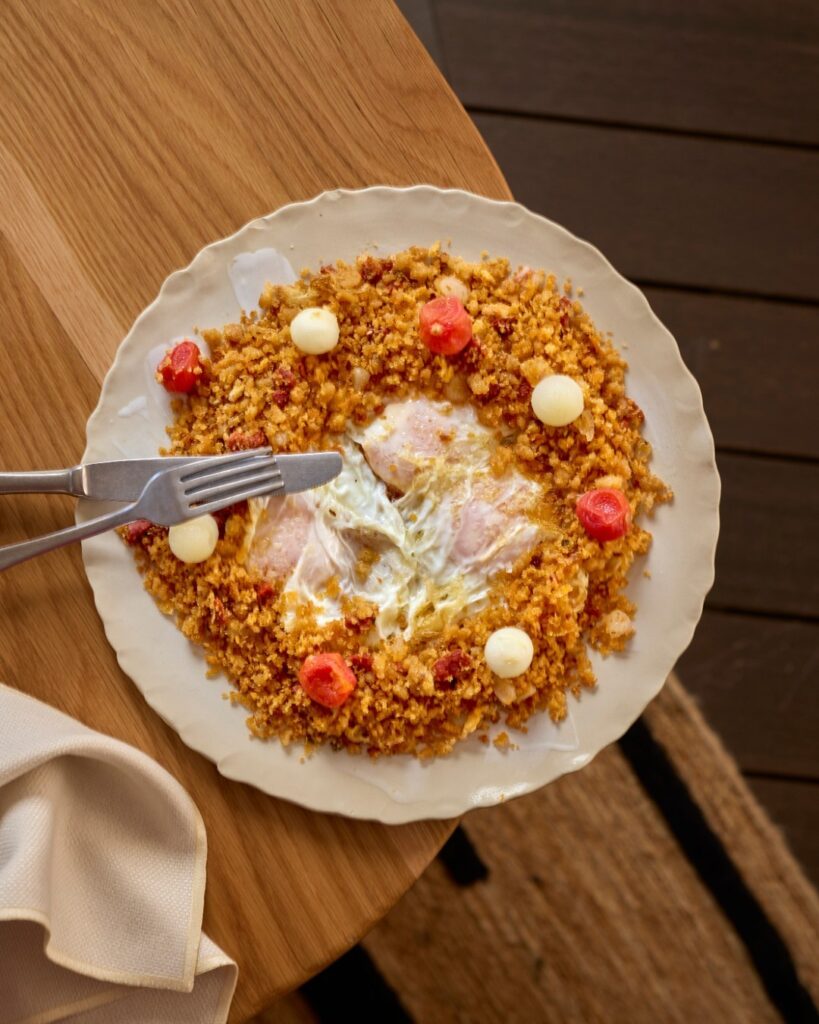
It was the summer of 1998 when Dani García opened Tragabuches in Ronda. Soon after, he was awarded his first Michelin star. The first of many to follow, of course. Back to the past? With the Malaga-born chef it is possible, because there have been not one, but two restaurants that have brought this concept back. One in Marbella and the other in Madrid. In both, García returns to cooking his homeland, to showcasing Andalusian culture and its products and to elevating them on the table, with a commitment to zero-kilometre raw materials. And of course, with him, the legendary foie gras and goat’s cheese millefeuille from Ronda with caramelised apple is back.
Tramo
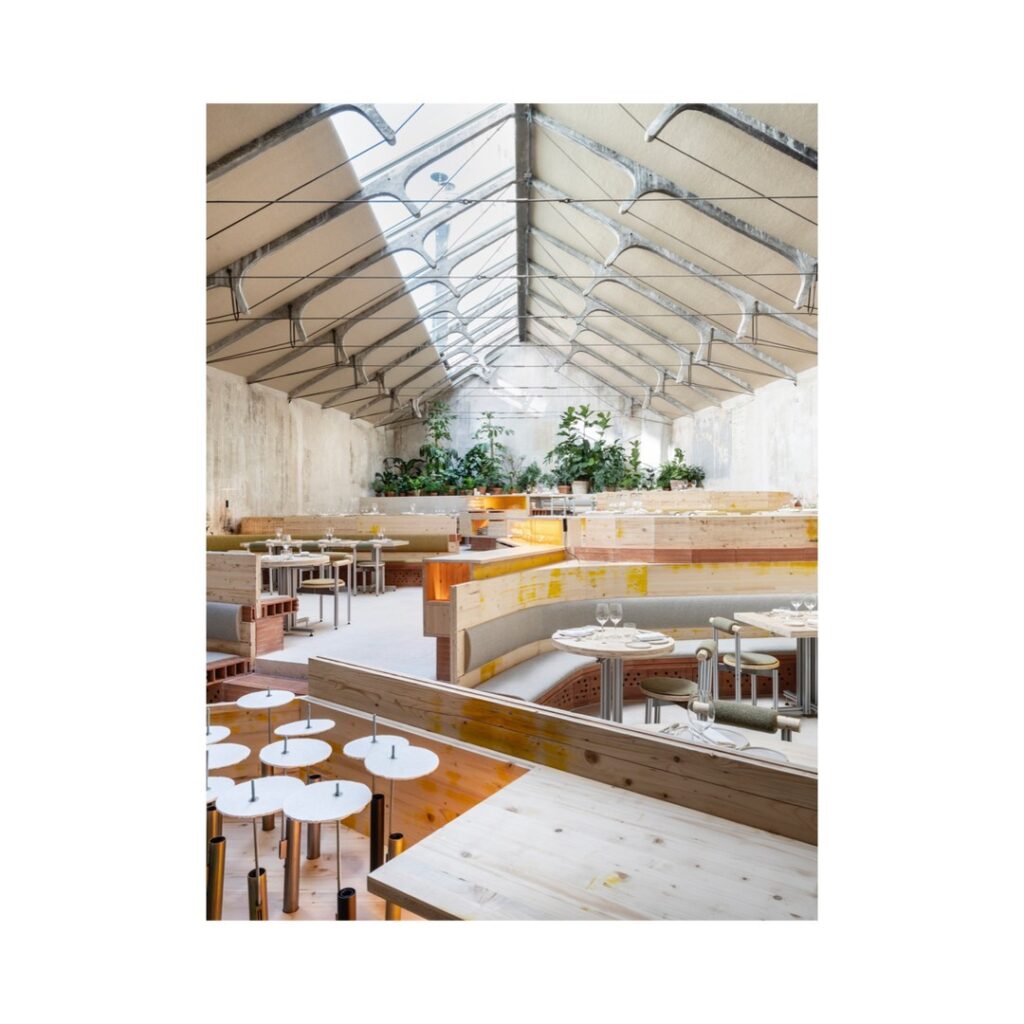
The creators of Mo de Movimiento, the Conscious Projects Group led by Felipe Turell and Javier Antequera, understood that it is possible to create a beautiful restaurant that also combines honest gastronomy with a sense of social work under the same roof. This is what they have replicated in Tramo, a former industrial warehouse in Madrid’s Prosperidad neighbourhood. For the premises themselves, which are also sustainable, they have opted for bio-construction and artisans, as well as for choosing the ingredients for their menu, in which everything comes from small producers, organic farmers and livestock farmers.
Trèsde
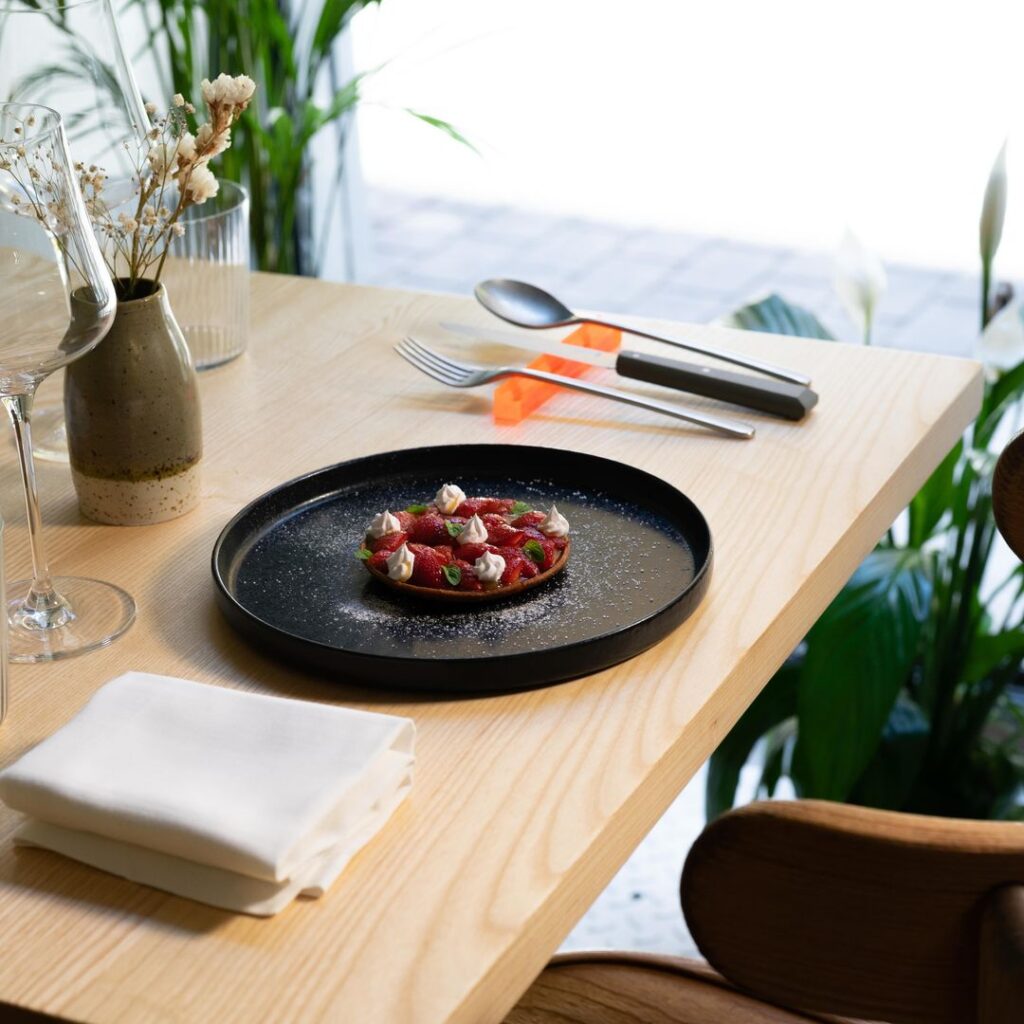
Three friends. Three plates. Three sections. Trèsde is all about triads. From the triad formed by
those three companions who are Lucas Fernández, Miguel Vallés and Aitor Sua, to the one that makes up their gastronomic proposal, which is a formula of just three dishes – starter, main course and dessert – that varies very often. Their cuisine is based on produce and seasonal produce, which they enhance with French techniques, to which Aitor and Miguel put the finishing touches behind the cooker, while Lucas is the one who fills the diners’ glasses, with a wine list where the wines that stand out are those of little intervention and the sakes.
Varra
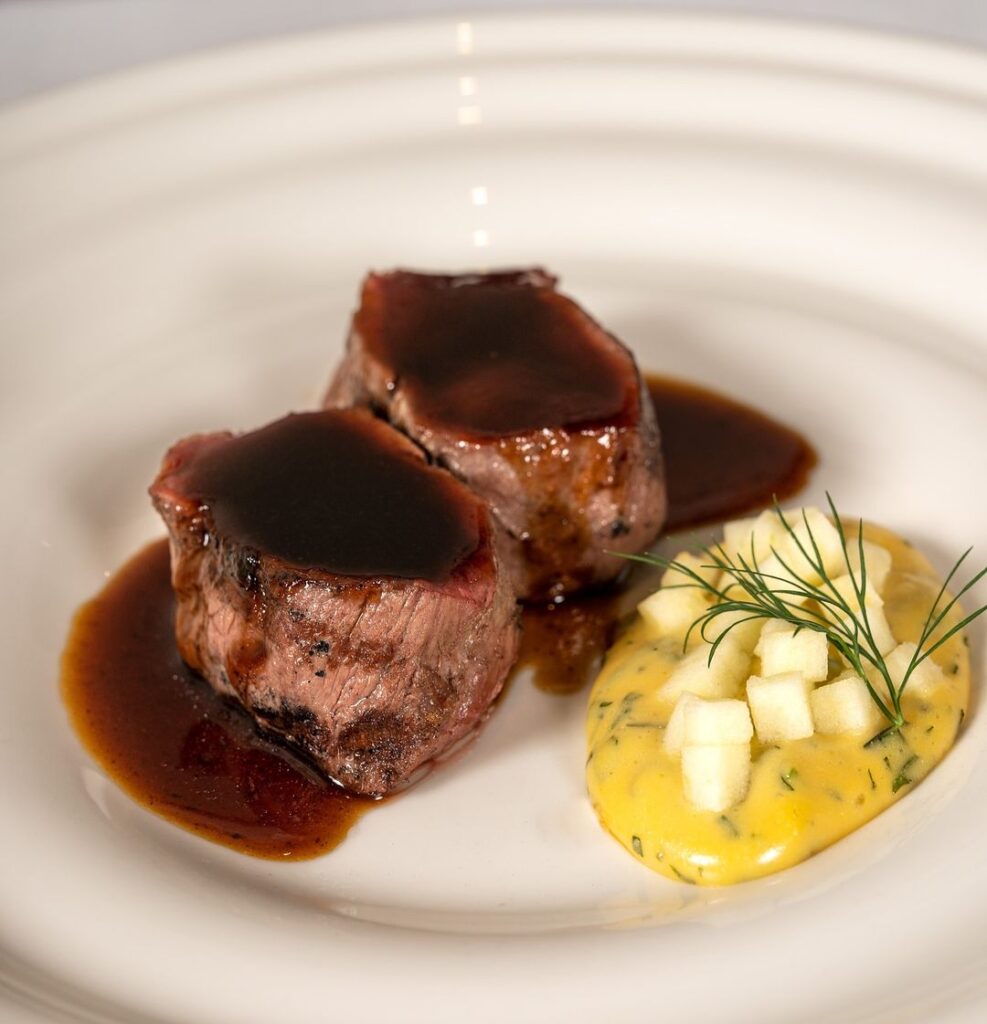
A formal restaurant or a casual one? Varra is both, a relaxed bar on the ground floor and a canonical dining room, like that of a restaurant, on the upper floor.
The project that has brought together Jorge Velasco, Joaquín Serrano and Gonzálo Menéndez has opted for this duality, which satisfies a much broader spectrum of public. It does so with recipes that are an ode to produce, seasonal vegetables, stews with a lot of chup chup and classic recipes. The incorporation of the sommelier Juanma Galán has closed the circle, with a wine cellar with more than 400 references.
VelascoAbell`à
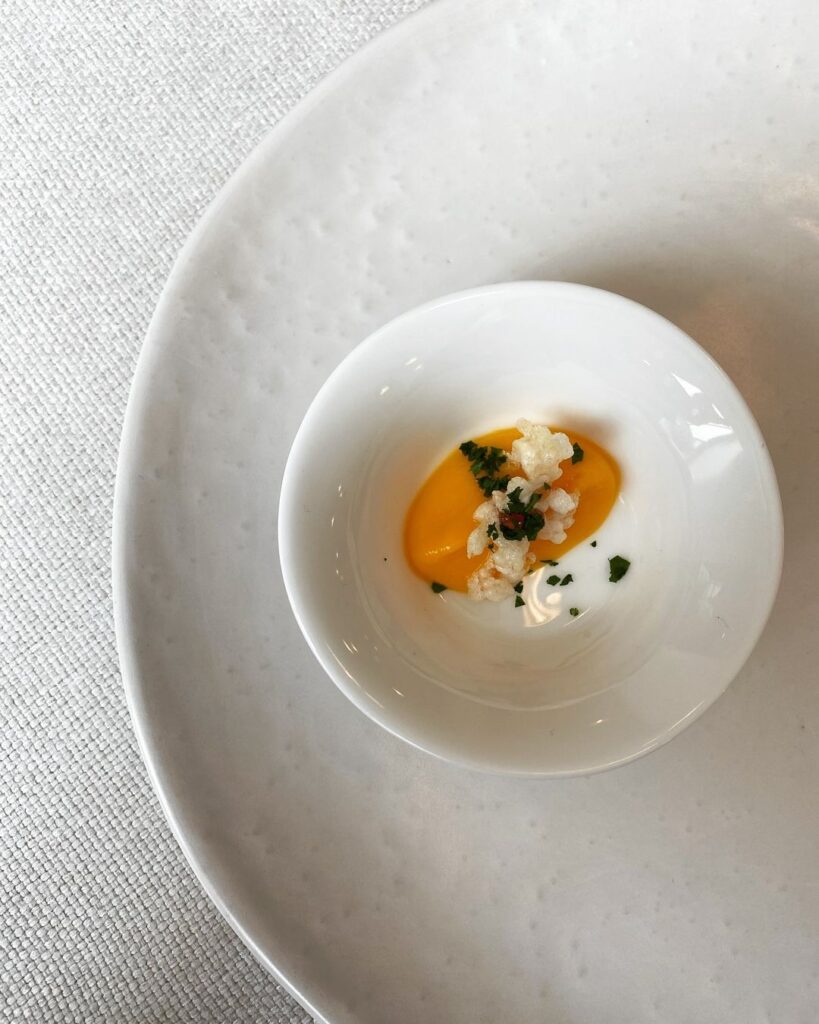
The career of Óscar Velasco and Montse Abellà was marked by their time as head chef and pastry chef respectively at the now defunct Santceloni. The closure of that restaurant is now a bad dream, because a few months ago they fulfilled another one, that of having their own restaurant. A place that makes diners feel at home, with Abellà as head waitress and dessert chef and Velasco in charge of the kitchen. Theirs is a house where excellence sits at the table, with the elegant and subtle flavours created by the chef and the gracefulness with which his partner runs one of Madrid’s great dining rooms.
RavioXO
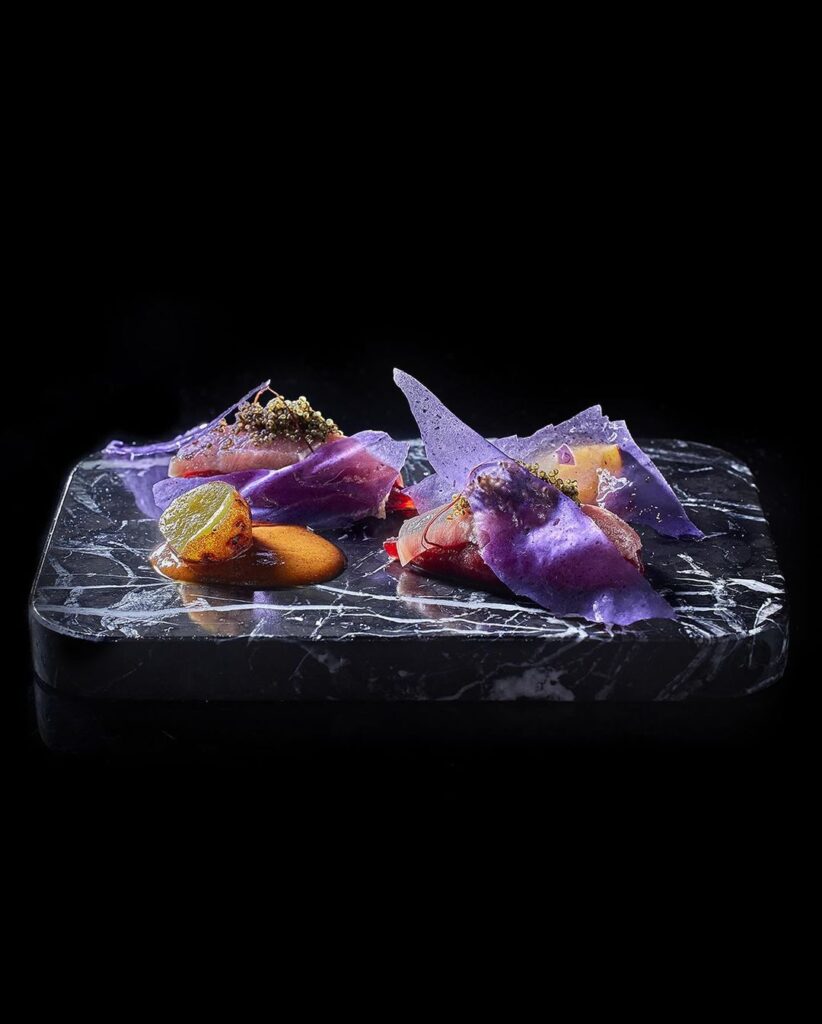
RavioXO is Dabiz Muñoz‘s culinary space dedicated to dichotomising Spain, Italy, China and Argentina. A ‘cycled dumpling bar’, in the chef’s own words, which revolves around three fused concepts: time, creativity and product. Based on this mantra, Muñoz develops dishes that are far removed from traditional recipes such as Basque caserío with mole de novia, Spanish tortilla, steamed cannelloni with cochinita pibil, wok-fried asta arrabiata, fried eggs with puntilla, black pudding and crispy ear or Galician octopus with fala thai.
Eneko Baske Madrid
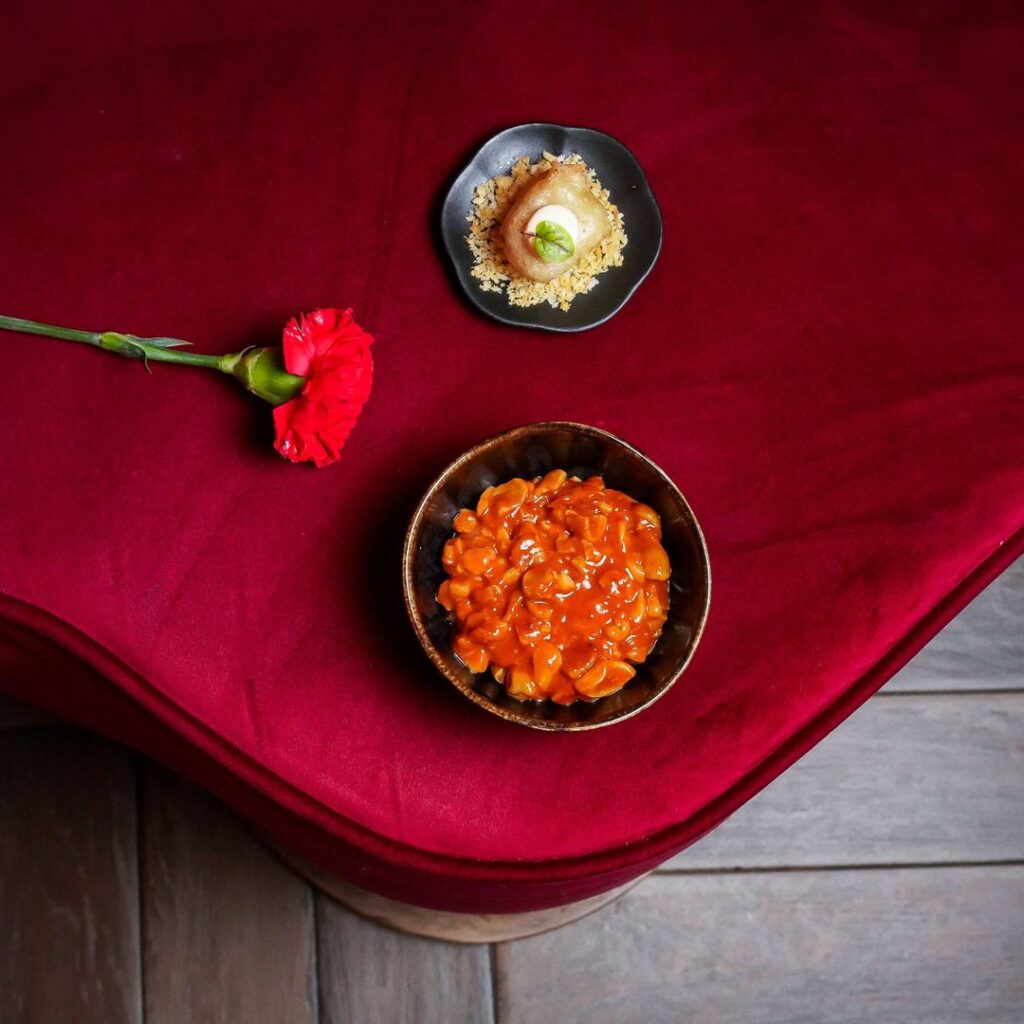
Following the essence of the chef’s other gastronomic concepts, Eneko Atxa‘s passion and sensitivity, as well as his cultural roots, the link with the environment and its products, and the traditional Basque culinary recipe book, are a fundamental part of each of his creations. As a result, this new adventure in the capital is pure flavour, an intense and identity-based cuisine.
Its gastronomic proposal is informal and modern, but at the same time it is based on traditional Basque recipes. Here the grill is a key element, with meats, fish and vegetables cooked on it. But as a surprise, even one of the desserts is finished on the embers: the torrija, versioned by Atxa, is finished on the embers. Other outstanding dishes are the Talo de tomate -crispy traditional corn thale, seasoned tomatoes and tomato and basil emulsion-; the curd of foie and citronella; marinated scallop and sea granita; homemade egg yolk on wheat stew or hake in tempura and grilled pepper juice.

